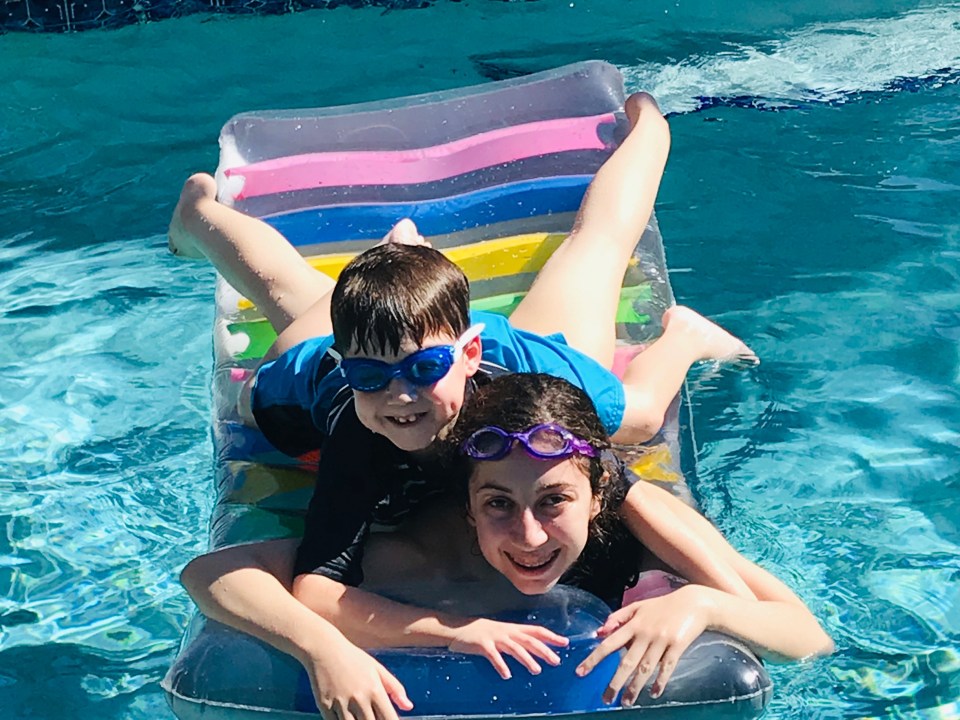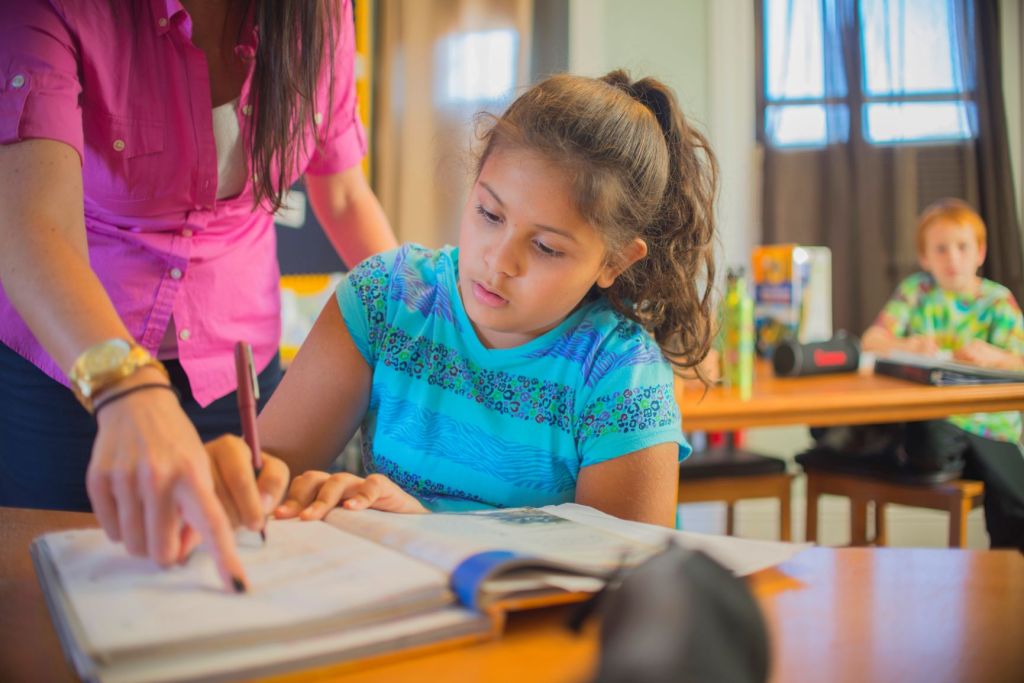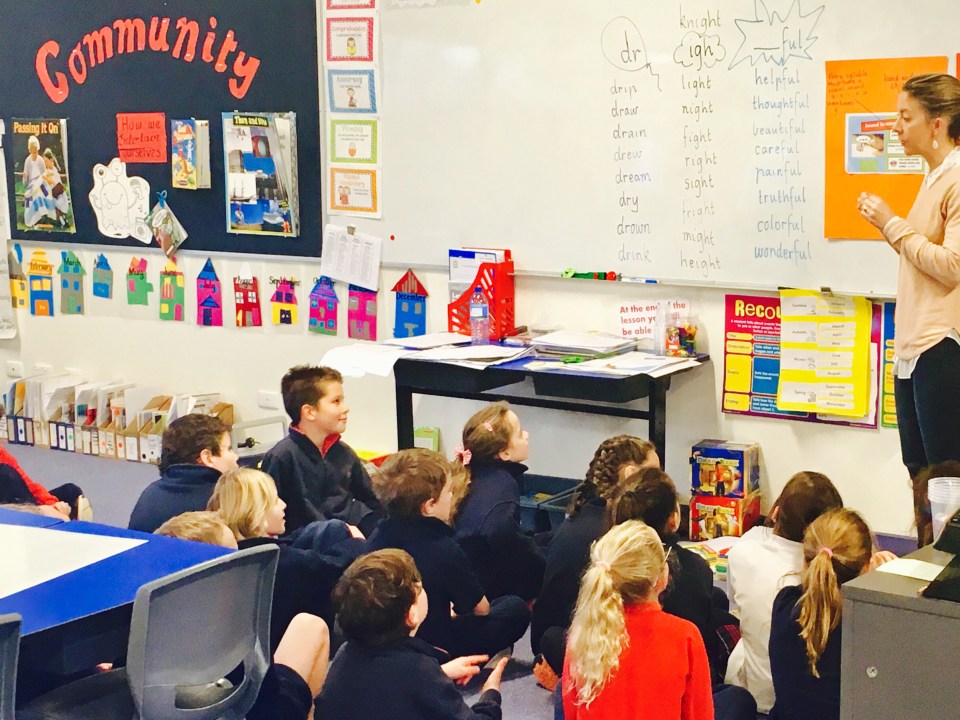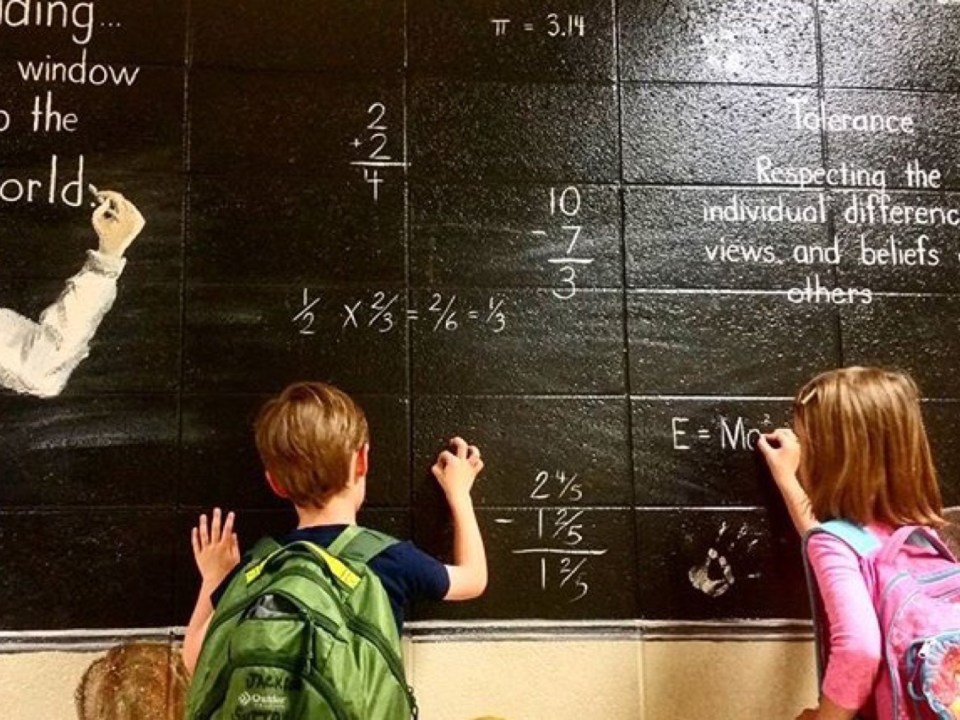We here at My Educational Solutions are hoping that you are healthy and maintaining some sense of peace during this very destabilizing time.
We are parents and we know the challenges of online education. WE know this is new for school districts and teachers. But we do feel that the greatest individuals effected by this period are our special education children and their parents. ALL kids have been effected in some way during this time- there have been lapses and losses, also gains- but we know that our families with special needs children are facing some of the most complex challenges. I just want to first acknowledge that before saying anything else.
What we provide and our still providing throughout the state of FL, is IEP advocacy and I can’t think of a time where it’s more needed. Parents hire advocates to help them navigate what is new terrain for them- eligibility, IEP’s, conflict resolution with schools- and now, online implementation of IEP services and accommodations.
We need to have fair expectations of schools during this period, yes.
We need to be reasonable, yes.
I get that and I am very sensitive to being fair, all the way around and during all times.
But fair doesn’t mean accepting anything, or allowing it to be continually permissible during this extended period for students with disabilities to just totally get left behind.
I have the advantage of being one of the only advocates in the state of Florida that takes cases anywhere in the state of Florida, as well as in a few states outside of Florida. So, I get to see how many different districts are handling this time period and what can be done. I have seen districts that have proceeded with Response to Intervention using web learning. I have seen districts that are still convening all previously scheduled meetings, and districts that are refusing to meet all together. Some of my clients are in schools where all they are receiving in the form of virtual learning is a list of assignments to complete and turn in, no instruction. Others are listening to pre recorded videos teachers upload. Others are receiving direct instruction from ESE teachers and with other learners using programs such as Microsoft Teams and Zoom. I’m not sure the rhyme or reasons that some schools and districts responses to this extended period of school closures are so vastly different.
What I do know is that in FL statewide, school is not OUT, school is open, the physical school is closed but the responsibility of attending school and completing assignments is ON. These assignments are being entered as fourth semester grades and the idea is that students are being educated. When the public school makes an offering or makes programming available to students, it must be accessible to all students and there are ways to do that- syncing assistive technology with devices, providing prerecorded videos teaching IEP goals, going over concepts, etc. I don’t see any reason why students can’t receive the majority of IEP services and related services virtually. While in some cases, students might not want to participate or run away from the computer, offering is the first step and continuing to offer is the next step.
Many parents of students with IEP’s in the state of FL had preexisting IEP issues that didn’t just begin once school closures occurred. I expect that IEP’s that might not have been appropriate in the first place, weren’t serving students well even when they were in the school building. Now, services that didn’t work beforehand are still not working or not happening at all. Also, even with the most appropriate IEP’s, the IEP didn’t contemplate a change of placement from school to home- from exposure to peers to none.
Many accommodations can be provided online. Many services can as well. Good faith efforts can be made to help lessen this blow for children. Certainly districts can still meet virtually to amend IEP’s, conduct annuals and consider changes to IEP’s for when schools are back physically open. Most districts are doing so, but some are still refusing to meet at all.
We are happy to continue making requests on behalf of parents and advising parents during this time. Please take time to read this section of a statement published by the US Department of Education on March 21st, 2020,
“At the outset, OCR and OSERS must address a serious misunderstanding that has recently circulated within the educational community. As school districts nationwide take necessary steps to protect the health and safety of their students, many are moving to virtual or online education (distance instruction). Some educators, however, have been reluctant to provide any distance instruction because they believe that federal disability law presents insurmountable barriers to remote education. This is simply not true. We remind schools they should not opt to close or decline to provide distance instruction, at the expense of students, to address matters pertaining to services for students with disabilities. Rather, school systems must make local decisions that take into consideration the health, safety, and well-being of all their students and staff.”
The consensus among the US Department of Education, the Office of Civil Rights, the Office of Special Education and Rehabilitative Services (OSERS), COPAA (Counsel of Parents Advocates and Attorneys) is that as much as possible, school district should be doing whatever is possible to be done virtually to meet the unique needs of all students and continue to provide a quality education. This is reassuring to our advocacy efforts and consistent with the position that I have been taking with school teams on cases I am managing on behalf of parents.
Should you need additional help navigating online schooling and if you have questions specific to your child, please do not hesitate to reach out to us and take advantage of our reduced fee intake and consultation on IEP’s and Virtual Schooling. You can always email me directly,
krista@myeducationalsolutions.
Please stay tuned as we will be offering upcoming webinars on a variety of topics. We are also working on a Q&A Document for Advocacy and Virtual Education. Share with us your experiences both good and bad with virtual schooling and we will respond with help. We would love to hear positive stories too!
Thank you.
We provide IEP Advocacy and Educational Consultation Services in the following counties:
Alachua County, Hardee County, Okeechobee County
Baker County, Hendry County, Orange County
Bay County, Hernando County, Osceola County
Bradford County, Highlands County, Palm Beach County
Brevard County, Hillsborough County, Pasco County
Broward County, Holmes County, Pinellas County
Calhoun County, Indian River County, Polk County
Charlotte County, Jackson County, Putnam County
Citrus County, Jefferson County, Santa Rosa County
Clay County, Lafayette County, Sarasota County
Collier County, Lake County, Seminole County
Columbia County, Lee County, St. Johns County
DeSoto County, Leon County, St. Lucie County
Dixie County, Levy County, Sumter County
Duval County, Liberty County, Suwannee County
Escambia County, Madison County, Taylor County
Flagler County, Manatee County, Union County
Franklin County, Marion County, Volusia County
Gadsden County, Martin County, Wakulla County
Gilchrist County, Miami-Dade County, Walton County
Glades County, Monroe County, Washington County
Gulf County, Nassau County,
Hamilton County, Okaloosa County









